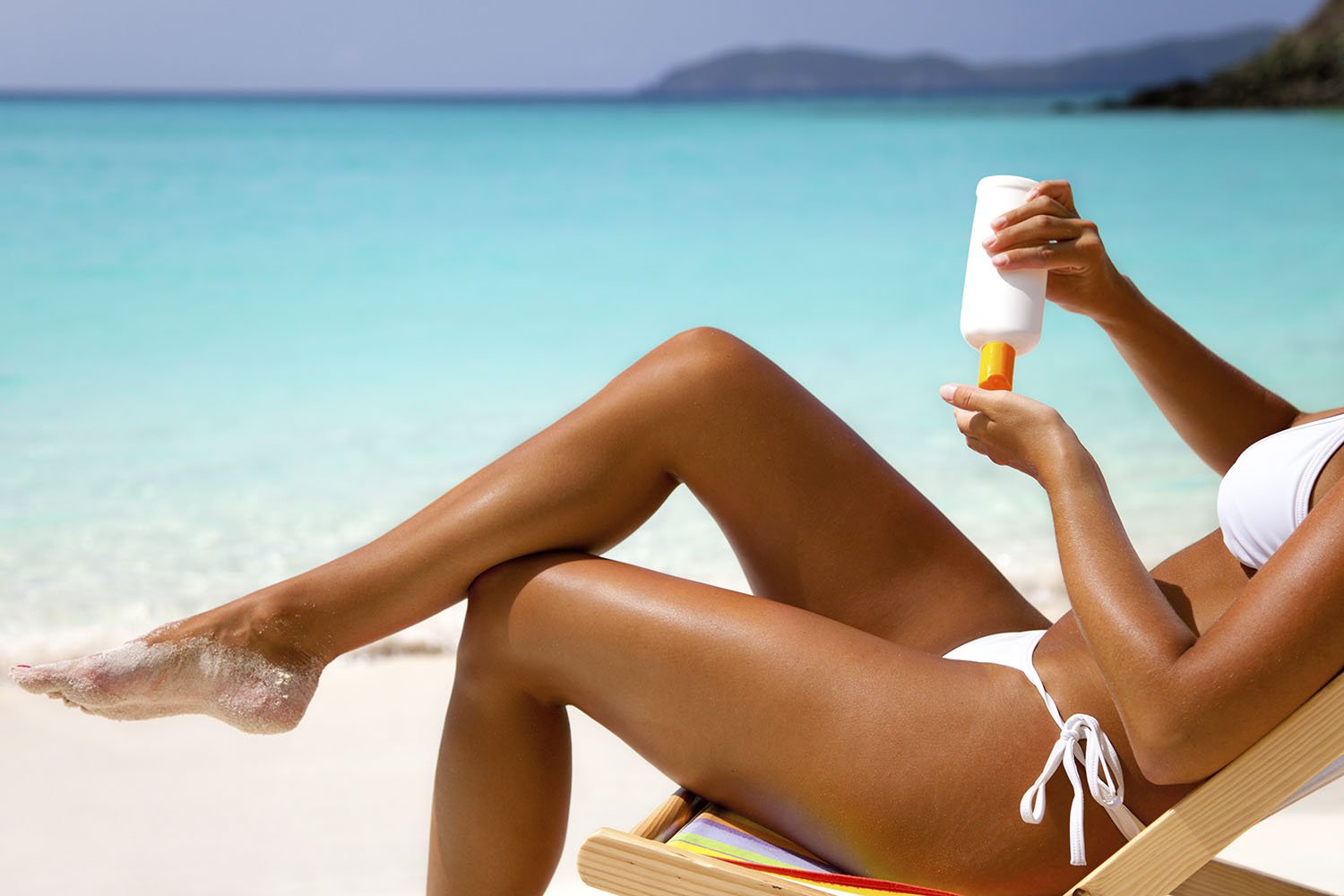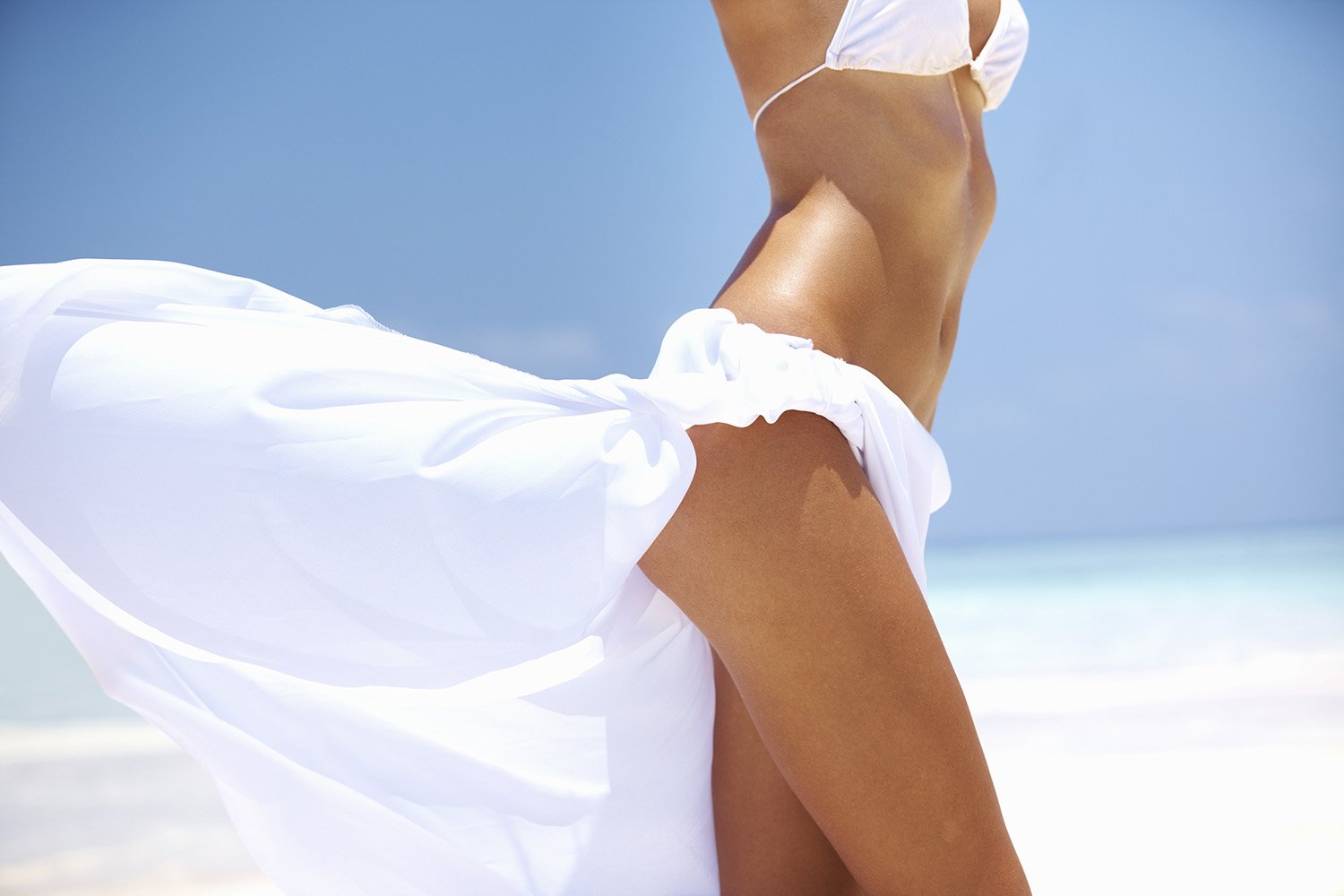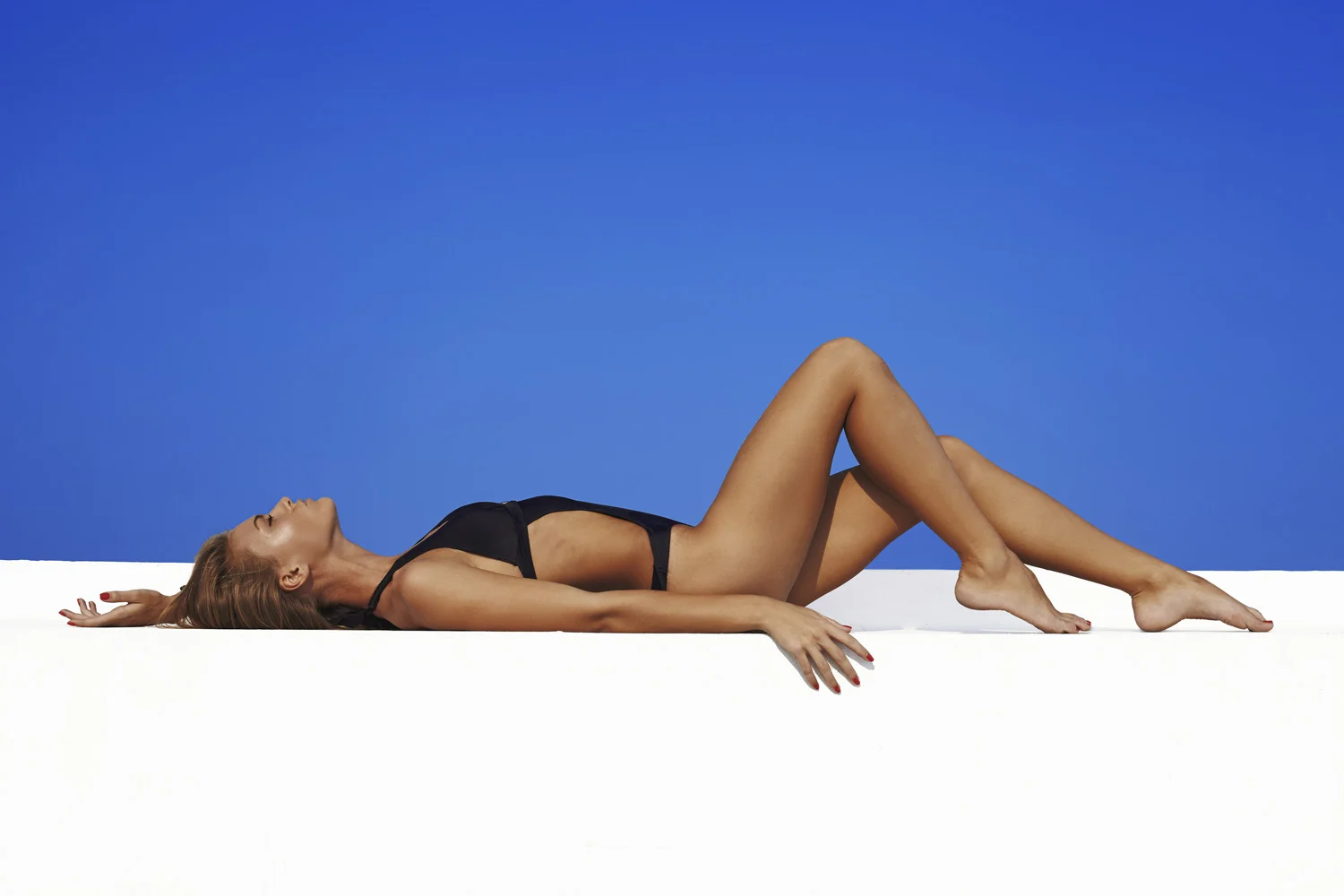Chronic venous insufficiency (CVI) is common in women, especially older or overweight women. Common symptoms include fat accumulation under/inside the skin, oedema (water retention), heavy legs, muscle cramps, pain and varicose veins. Several natural supplements are used for CVI which can help relieve symptoms of the condition, including centella asiatica/gotu kola extract, hesperidin, diosmin, butcher’s broom extract and escin/horse chestnut extract and red vine leaf extract among others.
Does radiofrequency / RF microneedling treatment hurt?
High-power, deep-acting radio frequency treatment is now indisputable technology for cellulite and skin tightening, especially body skin tightening. But should it be painful to be effective? Absolutely not. Properly applied radio frequency should be a painless procedure and should never require the use of anaesthetic (numbing) cream. Never…
Fartlek training and cellulite
Fartlek training involves the random change of pace while running - anything from sprinting to walking, with random and continuous change of speed every few seconds during your routine. The little known, outside the running world, fartlek training method originated 80 years ago and is a more fun version of interval running - and way better than HIIT (high intensity interval training)…
Inflammaging and cellulite
Inflammaging (ageing due to inflammation / inflammation due to ageing) is defined as an age-related increase in the levels of pro-inflammatory markers in blood and tissues. Inflammaging is a fancy recent name for an older term, "chronic, low grade inflammation", which has been used for more than two decades and it refers to both whole body ageing and skin ageing. Mild chronic inflammation is generally considered to be a biomarker of accelerated biological ageing, which can result in both health and aesthetic conditions, including skin ageing and cellulite…
Is cellulite genetic? Yes, partially, here's what research says.
The difference between cellulite and cellulitis
Although with cellulite fat in the hypodermis is typically characterised by chronic, low grade inflammation and fibrosis (like a lot of adipose tissue does), it is not health threatening or an actual disease per se. Cellulitis, on the other hand, is a bacterial infection of the hypodermis by bacteria. It manifests as diffuse redness on the surface of the skin, it can be health threatening and it usually has to be treated by antibiotics…
For a cellulite cream to work, you have to use it (sounds obvious, right?)
Indeed most cellulite creams do not work. Most cellulite creams are diluted junk, with little or no active anti-cellulite ingredients in them and are designed, manufactured and marketed for one reason: maximum profit. So even if you apply them religiously they do not have a chance in hell to work. Most people do not change their habits that initially led to the creation of cellulite and expect the cellulite cream to do all the work. Again, under these circumstances, even if you apply your cream religiously it will not work. And many people only use their cellulite cream from time to time. No skincare product, cellulite cream or not, will ever work if you don’t apply it…
Why cocoa flavanols are one of the most important cellulite cream actives
Cocoa flavanols are widely researched for their microcirculation enhancing, collagen protecting, antioxidant, elastin synthesis stimulating and adipose tissue anti-inflammatory action. Cocoa flavanols act directly on four aspects of cellulite. Due to these qualities, cocoa flavanols (purified cocoa extract) is one of the most important skincare actives today for anti-aging, stretch marks, post-liposuction aftercare and anti-cellulite creams…
Does gluten cause cellulite?
Gluten is a structural protein naturally found in some cereal grains, such as wheat (including spelt), barley, rye, and some types of oats. Typical foods that contain gluten are: bread, pasta, beer, pastries and cakes, hidden sources of gluten in processed foods etc. Gluten makes up 80% of the protein in wheat. Since bread contains 9% protein, about 7.2% of bread is gluten…
Is cellulite normal? Is cellulite unhealthy?
This is a continuation of our two articles about the nature of cellulite: “What is cellulite” and “Pre-cellulite”. On this article we will look into whether “Cellulite is absolutely normal”, “Cellulite is beautiful”, “Cellulite is a made-up condition and it doesn’t exist” and whether you should “Love your cellulite”, as some people say…
Radio frequency facial vs classic facial: what is best?
It all depends on what you are trying to achieve with a facial. If you wish to have some exfoliation, pimple extraction, some superficial (epidermal) skincare application of a couple of products and a nice massage, a classic facial is a great idea. On the other hand, if you are looking for deeper treatment that affects the dermis, hypodermis and the lower face connective tissue known as the SMAS, in order to effect skin tightening and deep anti-ageing, then a radiofrequency facial is the only way to go…
The secret life of fat cells - 24 things you did not know about fat
Cellulite vs visceral fat vs subcutaneous fat: the differences
Adipose (fat) tissue, i.e. what we call ‘body fat’, stores calories in the body in the form of ‘triglycerides’, which is the technical name for all fats and oils. In addition, adipose tissue also secretes hormones-like substances, called adipokines, such as resistin, adiponectin, leptin, tumour necrosis factor-alpha (TNFα) and even estrogen…
Cellulite is just fascia: one statement, multiple levels of ignorance…
If you have researched cellulite you must have bumped on this. Someone one day discovered the existence of fascia and dreamed that “fascia is the cause of cellulite”. And what do you do to fascia? But of course you just poke it, what else? Poke it as hard as you can with a crude fascia “blasting” tool, and your cellulite will go forever, right?
Non-surgical bum lift: all the facts, none of the hype
Everything things you need to know about butt lifts, non-surgical butt lifts and the so-called “non-surgical Brazilian butt lifts”. Lack of exercise, excess calorie intake, sitting down for long periods of time and the normal ageing process all take their toll on the skin, muscles and connective tissues of the buttock area. Liposuction can also leave the bottom area with excess skin. The result is fascia and skin looseness…
The best anti-cellulite foods | The ultimate anti-cellulite meal
The perfect anti-cellulite food combo would be one that provides plenty of anti-cellulite nutrients (omega-3 fatty acids, protein, polyphenols, carotenoids, fibre, minerals and vitamins) and reduced calories - and cooked at relatively low temperatures. An ideal meal could be wild salmon, seaweed, herbal sauce, black rice and green tea - with bilberries as dessert. Full analysis follows below…
Lipolysis and cellulite
The most important aspect of cellulite is fat accumulation in the hypodermis (deepest skin layer). Everything else (water retention, skin laxity, fibrosis etc) is also important, but secondary. Consequently hypodermal fat reduction is the most important step in reducing cellulite. The process by which fat is broken down in fat cells for subsequent release into the bloodstream is called lipolysis…
Radiofrequency, collagen stimulation and skin tightening
The main thing that radiofrequency does is to tighten skin. This happens via two mechanisms: RF stimulates existing collagen contraction; RF stimulates new collagen and elastin synthesis. In fact radiofrequency is the best way to achieve both collagen contraction and production. Any other technique is simply not effective enough, unsafe or both.
When it comes to skin tightening / toning / lifting, radiofrequency is the only game in town.
Does weight training help with cellulite and skin tightening?
To beat cellulite, learn to love decaf (tea, coffee or green tea)
Drinks, such as coffee, tea and green tea provide skin, blood vessels, adipose tissue the entire body with precious cellulite-fighting polyphenols. Among other polyphenols: green tea contains catechins, such as EGCG (EpiGalloCatechin Gallate); black tea contains theflavins; and coffee contains chlorogenic acid…






![Red vine leaf extract improves chronic venous insufficiency [Research]](https://images.squarespace-cdn.com/content/v1/5294cad9e4b009e918124a61/1651653880164-1X8RKS6I1OXO0ZY56B76/iStock-187264733.jpg)

























![What is the best cellulite treatment? [2025 edition]](https://images.squarespace-cdn.com/content/v1/5294cad9e4b009e918124a61/1641138005146-91SMZXJURXP3XNB5657E/shutterstock_1603693762.jpg)